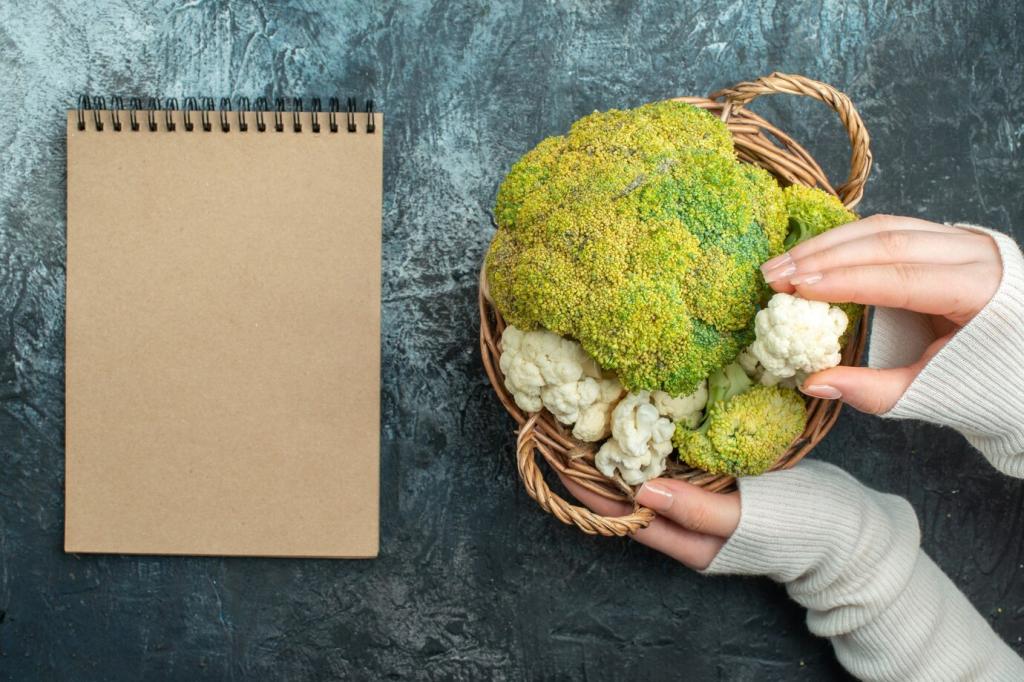Materials That Tread Lightly
Reach for organic cotton, hemp, linen, Tencel, and recycled wool before synthetics. If using recycled polyester felt, seal edges to reduce shedding. What fiber swap are you considering for your next make? Share your plan.
Materials That Tread Lightly
Opt for water-based glues, plant resins, milk paint, or shellac instead of solvent-heavy products. Ventilate, cap containers promptly, and dispose responsibly. Ask your questions about glue performance on wood, fabric, or paper below.






